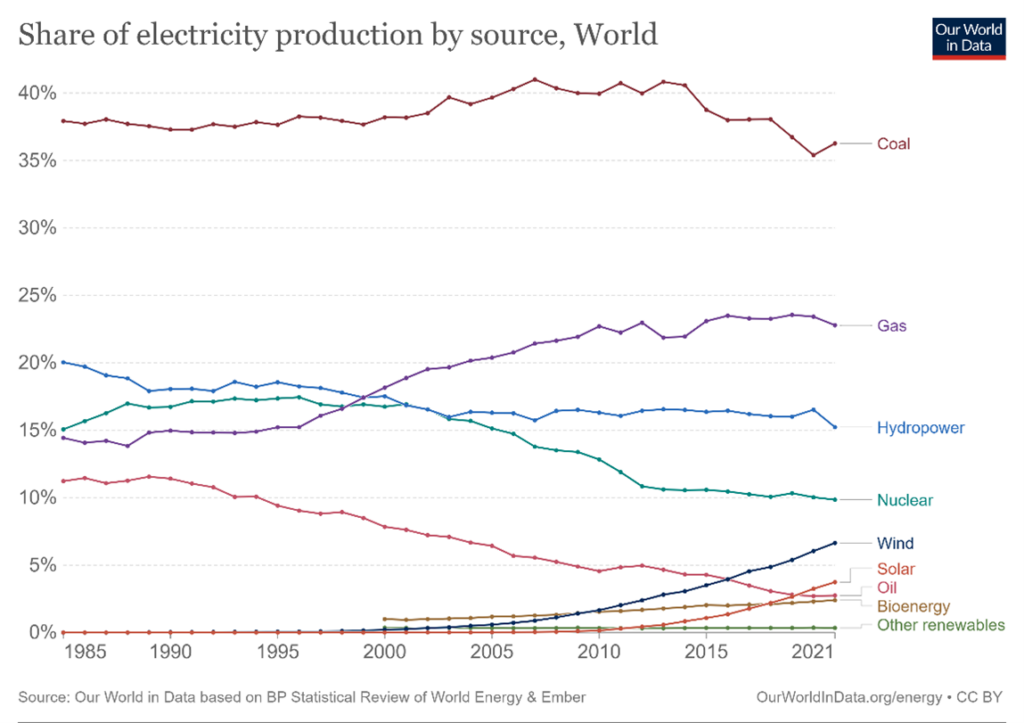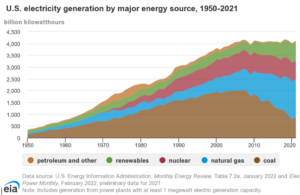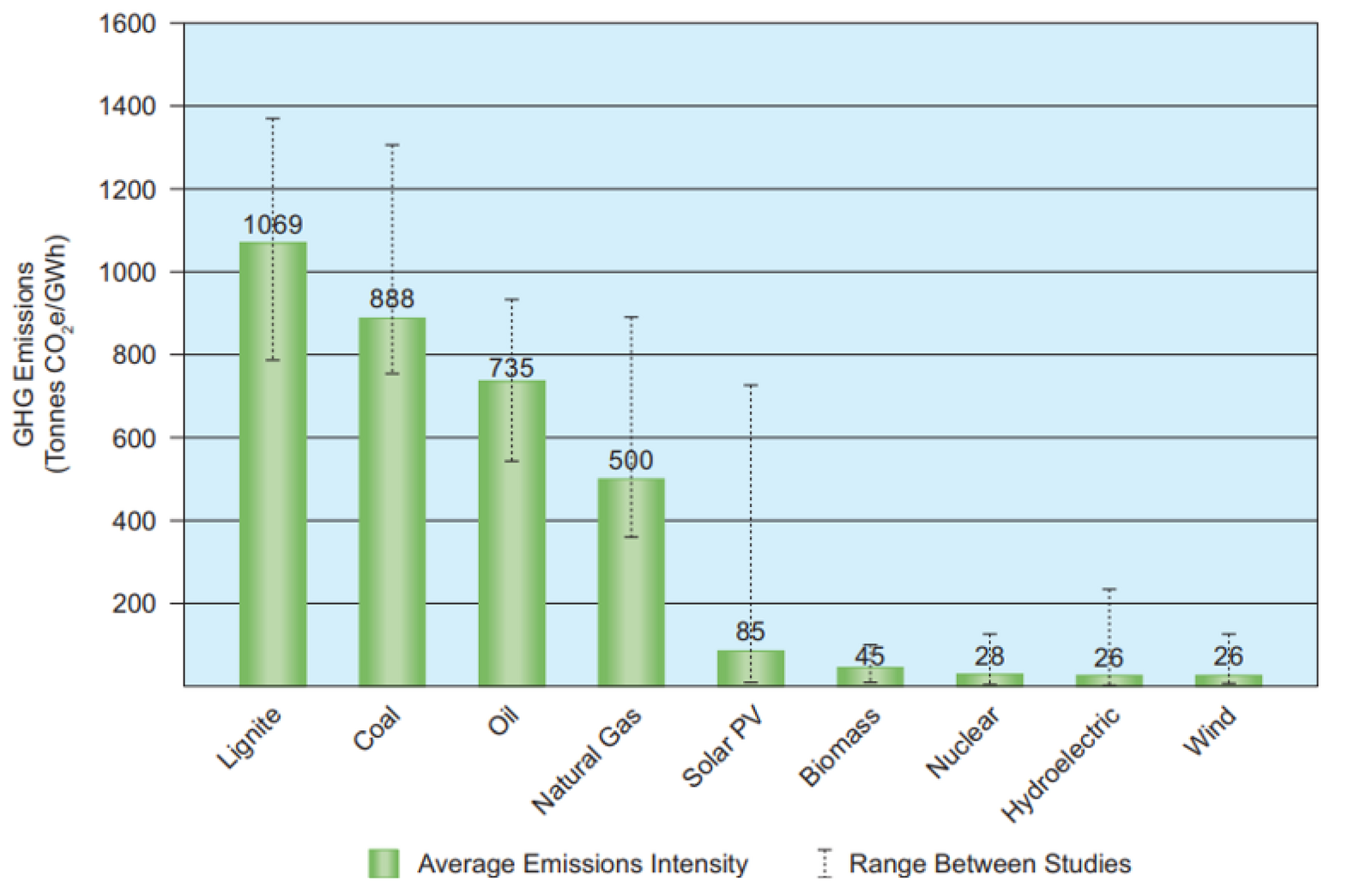Our Industry
Nuclear: The Key to Sustainable Energy?
May 18, 2023
FINDING POWERFUL SOLUTIONS
One of the biggest questions we, as data center professionals, face today is how to reduce our carbon footprint, given the ever-increasing power demands of data centers. Over the past two decades, the need for accessible data and the transition from paper to electronic data have led to an explosion in the size of the data center industry. In addition, the rise of virtual reality and artificial intelligence (AI) will push data center power demand to 10 times what it is today by 2030.
Given this increase, coupled with the electrification of our transportation systems and the push to eliminate natural gas through electrification in some regions of the country, the demands on our electrical utility infrastructure will be staggering. As data center professionals, we must find ways to create the required power through technologies that reduce or eliminate environmental impacts.
COAL HAS KEPT THE LIGHTS ON
Historically, power generation has been created by burning coal. Having been worked in the coal fields of Southwest Virginia, I have firsthand experience with how coal has “kept the lights on” for over a century. My family and I know how much coal has been an influential power source in the past, but understand that it’s not the future of electricity. The world must be open to new ideas for replacing coal.
While natural gas supplanted coal in the US in 2016, coal remains the number one electricity-producing fuel globally (Figure 1). The reduction in coal usage between 2012 and 2021 is largely due to decreased use in the US because of intentional steps taken to produce cleaner sources of electricity (other large countries have actually increased their number of coal power plants during that timeframe).
Figure One

WHAT’S NEXT FOR CLEAN ELECTRICITY GENERATION?
Natural gas now tops electricity production in the US, but as Figure 2 shows, we still produce over 60% of our electricity with fossil fuels. Although natural gas is cleaner than coal, it still contributes to greenhouse gases (GHG), a measure of environmental impact. So how do we add power for increasing demands on our grid without fossil fuels? We expect technologies like solar, wind, hydro, and even battery storage will be utilized to help with the growing demand in the near future. However, these technologies may be a short-term solution, as they are intermittent sources. So where do we turn? One possible solution is nuclear power. We’re not necessarily talking about the massive nuclear power plants developed in the past, but the new small modular (up to 350 MW) and micro nuclear reactors (up to 20 MW).
Figure Two

Figure 3 measures the GHG emissions for different electricity production technologies, including coal, natural gas, and nuclear energy. It shows the results of a study completed by the World Nuclear Association based on 21 independent studies. The range of emission values is due to the diversity of assumptions in the studies regarding processes used to mine or recover raw fuel materials. What’s important to take away here is that nuclear energy is one of the cleanest forms of electricity generation, with only hydroelectric and wind being cleaner. Given the intermittency of wind and our concerns with our water levels, nuclear is the best option for a deep decarbonization of electricity generation.
Figure Three

In the next part of this blog, I will explore how nuclear power is a potential game changer for future power generation needs. Stay tuned!







